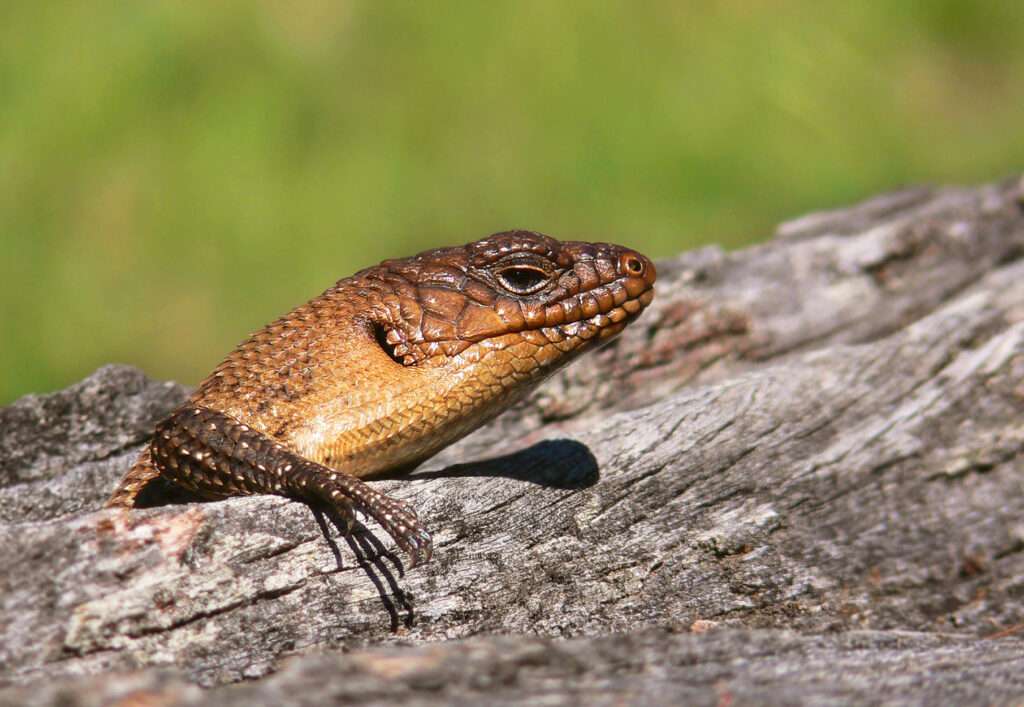
Description:
Scientific name: Egernia cunninghami
Life span: 20 years
They can reach a maximum length of 40 cm! They can be confused for the blue-tongued lizard due to their large size. Cunningham’s skinks come in a variety of colors and patterns, with their skin covered in spots, speckles, blotches, bands, or stripes, ranging from black to a dark or reddish brown.

Native Region/Habitat
The species can be found in the temperate zone of the Great Dividing Range’s western and eastern flanks from southeast Queensland through New South Wales, Australia, and central Victoria. The species can only be found in South Australia’s chilly environment in the Fleurieu Peninsula and Mount Lofty Mountains. woodlands and forests with rocky outcrops. The species lives in open woodland and forests with rock outcrops.
Behavior:
Cunningham’s Skinks dwell in big social groups, just like other spiny species of the Egernia genus, which makes it simpler to recognise threat. This lizard will hide if it feels threatened in a hollow log, under bark, or between rocks. When paired with the spiky keeled scales, the lizard’s body swelling from repeated harassment makes it difficult for a predator to move the lizard from its hiding position.
This species is very monogamous, with the majority of males having just one litter every year. Genetic research has demonstrated that Cunningham Skinks can recognise near relatives and always chose unrelated partners, despite staying in the same range and not frequently dispersing.
Care As a pet/In captivity:
Housing: Cages for adult Cunningham pairs should be 400 mm wide, 1200 mm long, and 400 mm high. Make sure it is a pair if you want to keep more than one Item together (male and female.) Males have a propensity to want to rule over other males in their enclosure, and when they do this, they can be harsh to their cage mates. As a result, two will often merge into one or suffer fairly terrible injuries. Children should be kept in separate facilities.
Heating: A thermostat should be used to regulate all heating, which should be installed at one end of the cage. A temperature gradient is produced as a result. The residents’ survival depends on this. The lizard has a spot to hide out if the cage is either too hot or too cool. The Cunningham Skink prefers temperatures of about 33 degrees Celsius at the heated end of the cage and 24 degrees at the cool end. Extreme heat will kill your lizard very rapidly.
Feeding: The omnivorous Cunningham Skink will accept both living and dead prey. What can be fed to Cunningham’s includes, for instance: cat/dog food (this can however make the stools runny and smelly). However, avoid all fish species. We rarely use dog food for our reptiles, but when we do, we use a casserole-style meal (we use Coles brand, but augmented with pellets) since it readily absorbs the pellets and powder, and the reptiles are unaware of it. They enjoy a wide range of fruits and vegetables, including apples, bananas, cucumber, zucchini, lettuce, endive, tomatoes, carrots, mangoes, watermelon (without the seeds), and many others.
Table





